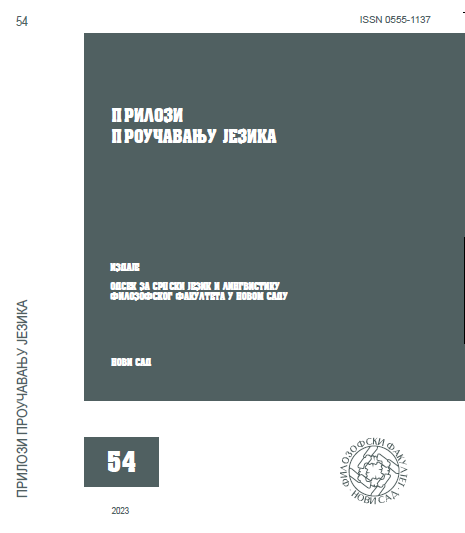Фразеологизми са соматизмом nyak/врат у мађарском и српском језику
Phrasemes with the somatism nyak/vrat in Hungarian and Serbian language
Author(s): Snežana Hasanagić ĐorđinSubject(s): Language studies, Language and Literature Studies, Theoretical Linguistics, Comparative Linguistics, South Slavic Languages, Philology, Phraseology
Published by: Филозофски факултет, Универзитет у Новом Саду
Keywords: the Serbian language; the Hungarian language; phraseology; somatism; nyak/vrat
Summary/Abstract: Phrasemes represent unuversal, timeless truths based on human experience. As the first human experience is based on the knowledge of body, it is not unexpected that body parts were used to grasp and express abstract categories. Thus, somatisms are frequent in the phraseology of all languages, which our research supports. The aim of our research is to identify the similarities and differences between the two languages, Serbian and Hungarian, through the examples of phrasemes which contain the somatism nyak/vrat. The starting point is Hungarian language. The corpus is excerpted from both Serbian and Hungarian descriptive and phraseological dictionaries. Serbian and Hungarian languages are geneologically and typologically entirely different languages and the differences between them are manifested on all linguistic levels. However, the fact that they have coexisted on the region of the Panonian plain for an entire millenium must not be neglected. Differences found in the phrasemes, first of all, depict cultural specificities of each nation. Similarities can be explained through cultural, social and historical ties, as well as universal truths found by the langauge speakers independently.
Journal: Прилози проучавању језика
- Issue Year: 2023
- Issue No: 54
- Page Range: 93-111
- Page Count: 19
- Language: Serbian

